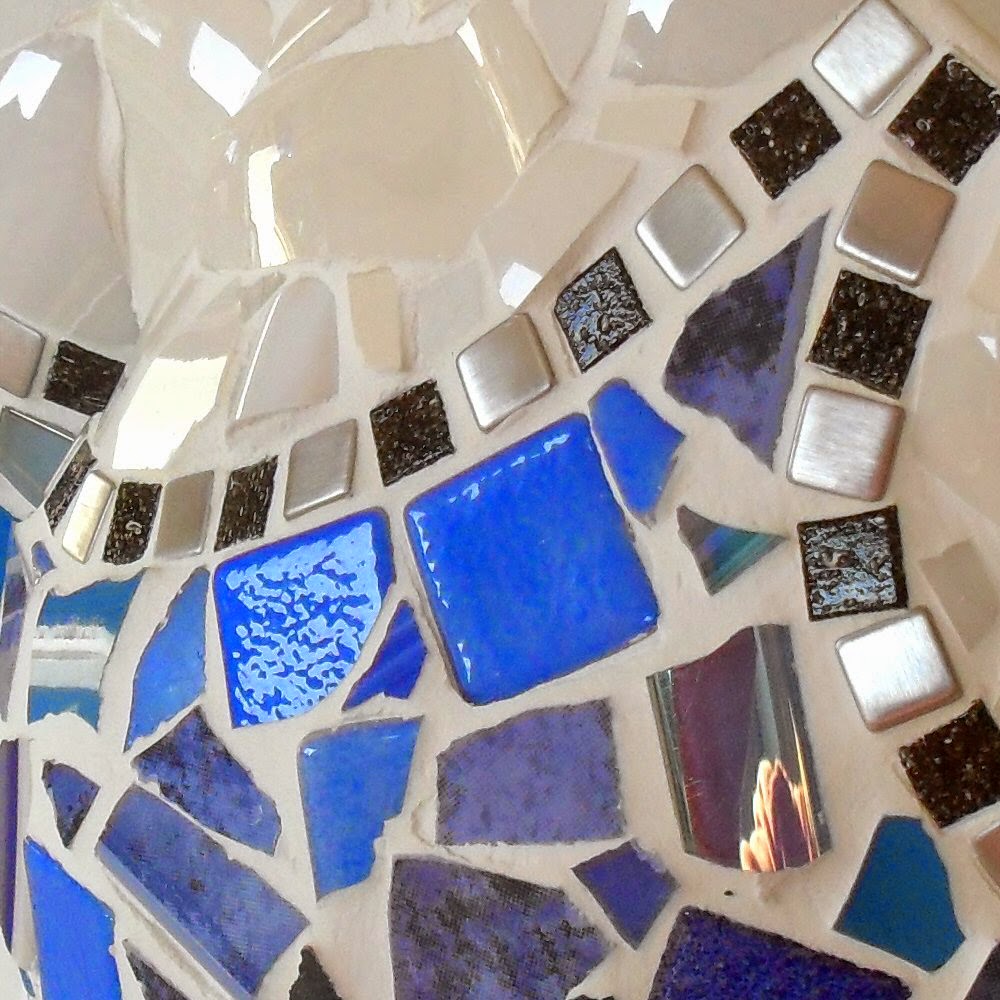When I tell complete beginners to watercolour what masking fluid does, their eyes instantly light up. Having soon come across the problems of reserving light areas, masking fluid seems the answer to all their problems. I soon have to disillusion them! Masking fluid is a fantastic tool and really useful, but it is not without its problems and is certainly not suitable for all situations where you need to reserve white.
I selected a few and drew the shape of one of the Maple leaves onto my paper. First I masked out the small holes and let the masking fluid dry. (My tool of preference for this is a ruling pen, but some of my students do prefer ‘colour shaper’ tools.) Next I put an all over wash of Yellow Ochre on the leaf. It was tricky enough to get a flat wash on with the complex edge shapes; I would not have had time to paint around the little holes too, so the masking fluid did its job here.
At its best masking fluid can help you reserve crisp whites, lighter areas of paint and if ‘splattered’ on in layers can help build fantastic complex textures. At its worse it can ruin brushes, leave harsh unnatural edges and even tear paper. So I always stress to my students the need to understand how to use it properly and for the correct situations.
Next was the fun bit. A big brush and wet into wet all over the leaf, mixing a bright green from Prussian Blue, Cadmium Yellow, and adding bright splashes of Light Red and Red Oxide. Finally I used a little watercolour pencil to add contrast to the stem. Without reserving the veins with the Frisk fluid it would have been impossible to be so free with the paint. Now came the wait, to see how well the masking fluid removed, and whether it lifted any of the colour underneath.
Once the painting was dry the masking fluid lifted well, despite being on for a few days. The white areas were crisp and there was minimal pigment loss on the reserved leaf veins (there is always a little I find). Finally, using some well sharpened watercolour pencils I defined some of the edges of the leaf and the holes, and the finished result was quite pleasing!
Materials used for this review:
Saunders Waterford ‘High White’ NOT paper 300gm, Talens ‘Rembrandt’ watercolours, Derwent watercolour Pencils, SAA ‘Silver’ brushes


















































